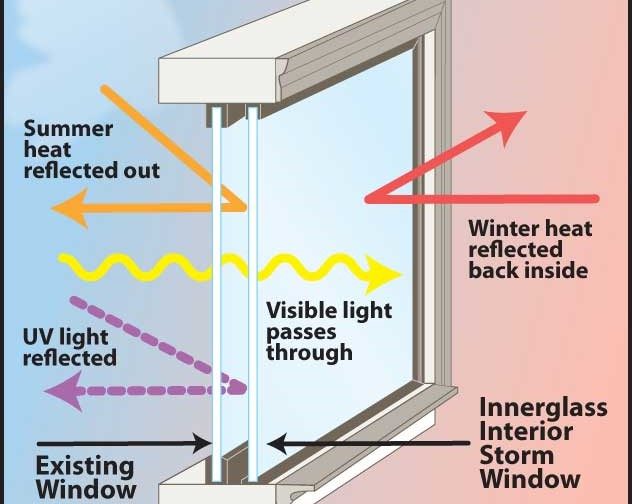All Categories
Featured
Table of Contents
Solace Creations: Home in Victoria Park Perth
That window can transfer more solar heat in winter season than in summer season. A west-facing window on a summertime's afternoon has an angle of occurrence from near 0 approximately 30 with a large effective area of solar radiation. A north-facing window, in summer, has a high angle of incidence and a low efficient location of solar radiation, so can send less heat than a west-facing one.

However you can rapidly and easily improve the thermal performance of your home by changing your windows. This is one of the most effective methods of remodelling to accomplish better thermal comfort. There are thousands of types of glass and frames to pick from. Selecting the ideal ones is very important to enhancing the energy performance of your house.
Does Double Glazing Reduce The Heat In Brisbane's Summer? in Iluka Western Australia
There are various types of glass products to select from. Single glazing uses a single pane of glass. Single glazing with clear glass is not extremely effective when it comes to heat loss or gain. To improve efficiency, you can utilize single glazing with a more energy-efficient kind of glass such as low emissivity (low-e) glass.
The energy efficiency of IGUs also depends on: the properties of each layer of glass. Various glass types (for example, clear and low-e glass) can be put together in an IGU.
Twinglaze® Double Glaze Specification Act - Vic in Floreat Perth

IGU cavities can be filled with air or a more inert, low-conductivity gas such as argon the width of the cavity. Cavity density is typically 6 to 18mm. Wider cavities offer lower (better) U values, with 12mm normally accepted as the favored gap how well the cavity is sealed. Cavities must be dry and well sealed to prevent wetness getting in.
If argon is installed to the cavity in location of air, wetness is reliably left out the level of desiccant (drying representative). The spacer (metal or polymer strip) that separates the glass layers consists of a desiccant to soak up any moisture. Insufficient desiccant might trigger wetness to condense on the glass surface in cold conditions, minimizing thermal performance.
Double Glazing Australia Blogs in Churchlands WA
In truth, IGUs can deliver better energy efficiency for all environments, especially in heated and air-conditioned houses. Cross-section information of single, double and triple-glazing units Low emissivity glass (typically referred to as low-e glass) decreases heat transfer. Low-e glass may be either high or low transmission: High transmission low-e glass has a covering that allows daytime from the sun to pass into your home to attain great solar heat gain, however lowers the quantity of the long wavelength infrared heat that can get away back through the window.
Low-e glass has either a pyrolytic finish or a vacuum-deposited thin film metal finish. Pyrolytic coverings are long lasting and can be used for any glazing; vacuum-deposited finishes are soft and are only used within IGUs. Low-e coverings can substantially enhance both U worth and SHGC; nevertheless, they must be utilized correctly or they will either deteriorate or fail to carry out as needed.
Glazing in Midland WA
Low-e coatings can be used in mix with clear, toned or reflective glass. Low-e coatings on glazing can lower heat transfer where required Photo: Department of Market, Science, Energy and Resources Toned glass has colouring additives consisted of during manufacture. It is offered in different colours, generally bronze, grey, blue and green.
Table of Contents
Latest Posts
Types Of Glazing For Your Windows, Explained in Wembley Downs WA
Single Vs Double Vs Triple - Which Window Is Right For Your ... in Eden Hill WA
Why Install Stunning Double Glazing Windows During Summer? in South Guildford WA
More
Latest Posts
Types Of Glazing For Your Windows, Explained in Wembley Downs WA
Single Vs Double Vs Triple - Which Window Is Right For Your ... in Eden Hill WA
Why Install Stunning Double Glazing Windows During Summer? in South Guildford WA